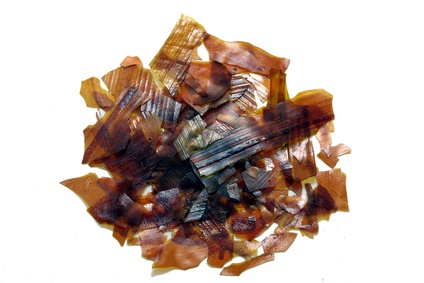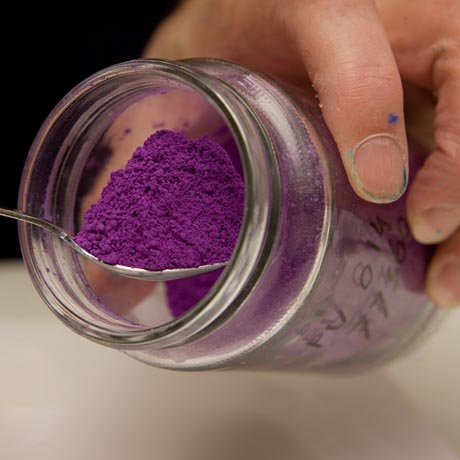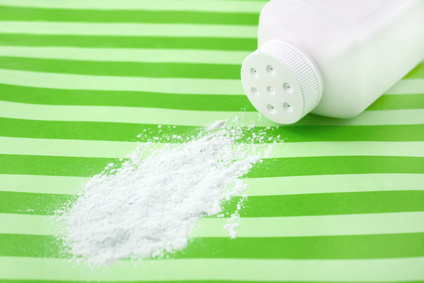2. Mixing by the Rules
The resulting paste is ready for immediate use. You can also transfer it into small pots, fitted with an airtight seal, and then use them as classic watercolor paint.
- Place a spoonful of pigment in powder on a glass plate, then add the same amount of gum arabic solution. Mix carefully with a fine spatula until all of the pigment is wet.
- Grind this mixture with a spatula or with the aid of a small wheel to crush the pigments entirely.
The amount of gum Arabic depends on the nature of the pigments and the rendering of color that you want to produce. The higher the proportion, the more brilliant the color. On the other hand, paint containing too much gum arabic has a tendency to crackle. Since organic pigments are the most difficult to moisten, add a few drops of ox gall, a wetting agent.
To prepare larger quantities of paint, use a mortar and pestle.



